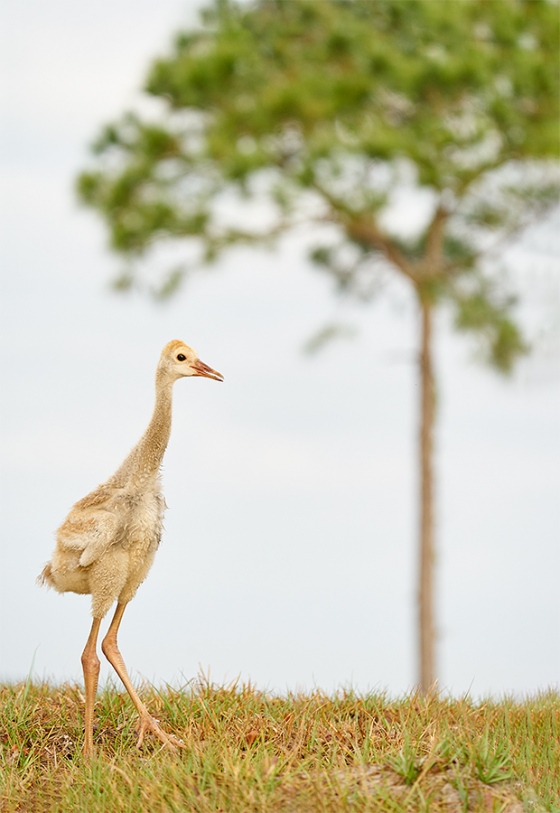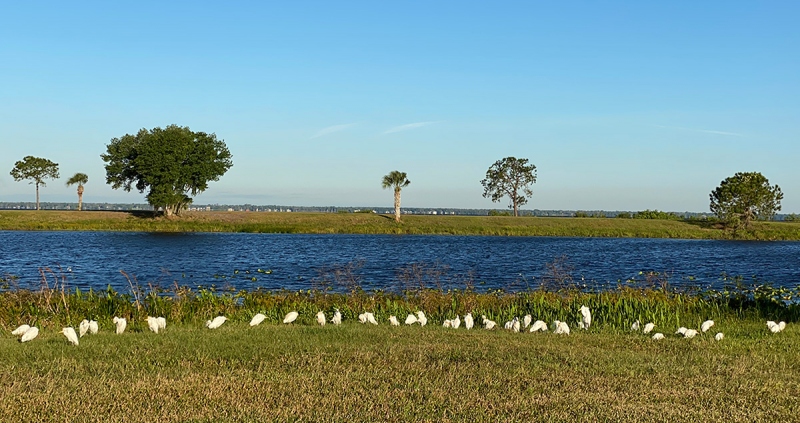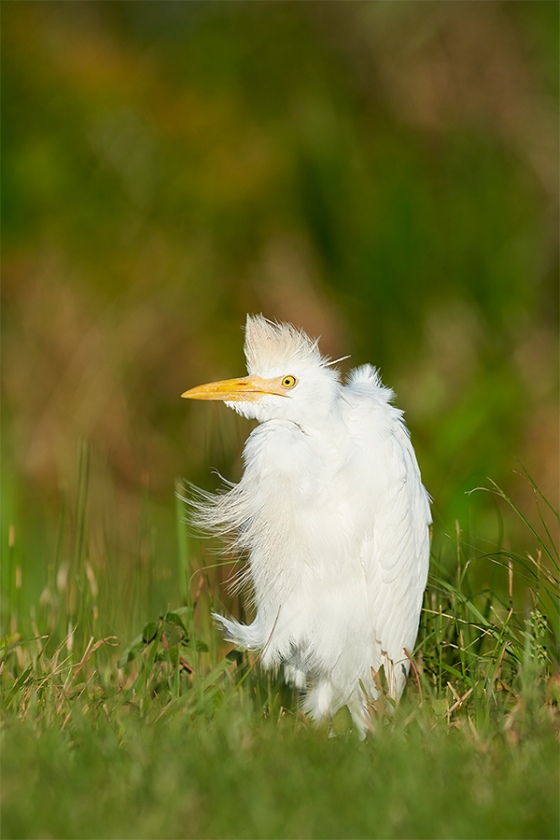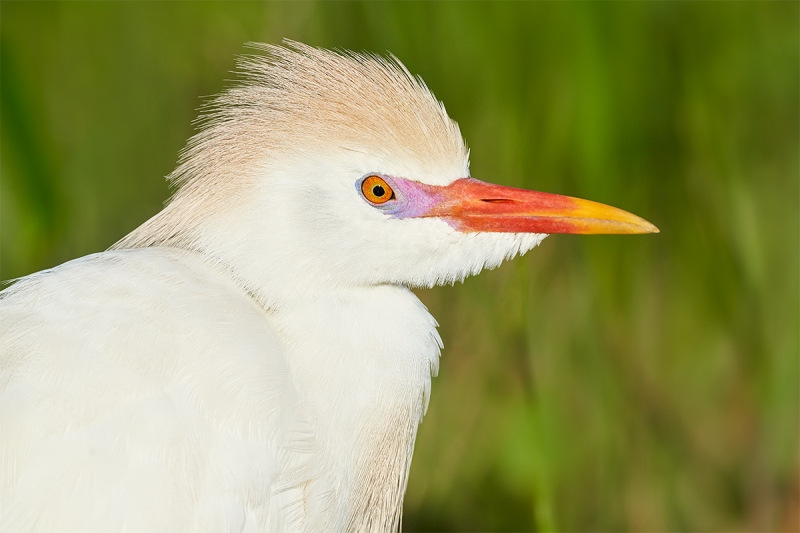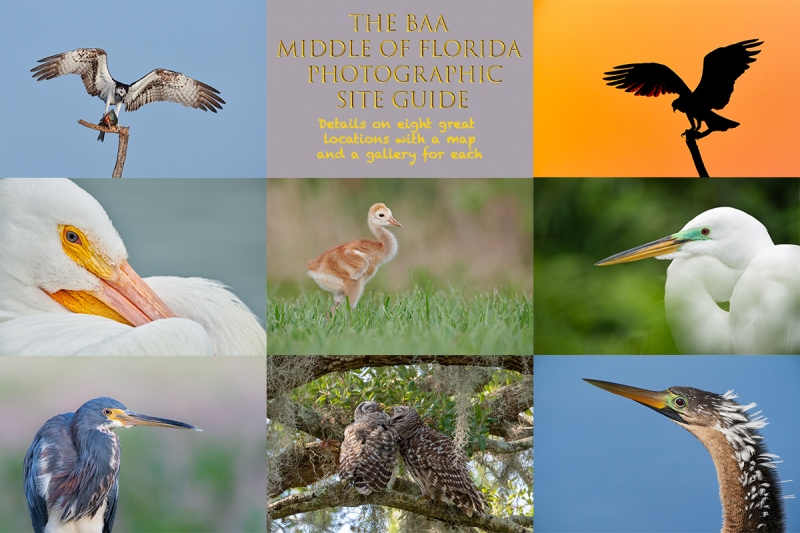What’s Up?
I’ve been spending lots of time with the crane colt family, two adult Sandhill Cranes with Orangey Colt and Gray Colt. I have been learning a ton about their behavior and may just be on the verge of creating some really special stuff of the whole family swimming … Yes, swimming. With luck, I may have a chance this morning after totally blowing it yesterday … Today is Friday 3 APR 2020.
Blessed
Please do not think for one second that I do not realize how blessed I am to be able to go down to the lake here at ILE every morning and afternoon and find some interesting birds to photograph. Though there is almost always something to photograph here, late winter and early spring are prime time. Heck, last night I got some head portraits of one of the two new ILE visitors: Crested Caracara.
Do I Even Have to Ask?
Which of today’s featured images is your favorite? Be sure to let us know why you made your choice.
From Fred Innamorato via e-mail
Hi Artie,
I want to thank you for making the Sony e-Guide and videos available and for the work you put into the blog as well as for your books that teach us how to photograph birds and also for your camera User’s Guides. There is just no possible way I would have been able to get my Sony a9 ii camera settings so technically correct for doing birds in flight on my own without this guide. in my opinion, Sony should pay you for taking on the task of educating their customers. Sony has created an amazing camera but they fail to explain to their customers how to take full advantage of it. I appreciate that you know and have access to some very competent people with the technical backgrounds to assist you in your field experimentation to come up with the best and most practical and useful Menu Settings for bird photography. We all will benefit from your unique ability to pull this together. I am especially happy with your instructions on how to use the Zebra Settings for getting proper exposures. I really can’t thank you enough Artie for making my bird photography hobby so much more enjoyable than it would have been otherwise. My photography brings me great satisfaction. Sharing quality photographs with my family and friends has generated lots of interest in my hobby and why I do it. Life is good!
I highly recommend the purchase of your Sony e-Guide and Video(s). This information is just not available anywhere else. Even from Sony …
Fred Innamorato
The Sony Camera Videos and Pre-publication e-Guide Costs and Discount Info
I recently sent aa link to the March 19 Version of the SONY e-Guide to the 31 folks who have purchased it. It will siureely be the next-to-last pre-publication version.
The cost of the SONY e-Guide is $100.00 US and will include one of the camera set-up videos — we offer one video each for the a7r iii, the a7r iv, the a9, and the a9 ii — and the written guide with the galleries. The guide is now 98% done and you will — of course, receive the final version when it is completed. I sent out the third draft today to those who have purchased the Guide with or without the discount.
Folks who have used my B&H links or purchased their SONY gear from Bedfords will receive said discount based exactly on how much they spent. If you spent more than $10,000 you will receive one free video and the e-Guide. Additional camera videos are $25.00 each. If you spent $2400, you will receive a 24% discount, and so on and so forth. And again, additional camera videos will be $25.00 each.
I will need time to verify your B&H purchases so folks will need to send their receipts and then be a bit patient. It is much easier to verify Bedfords’ purchases but I need those receipts as well.
If you have not used BAA links, please do so in the future. If that is the case and you would like the e-Guide now, please send a Paypal for $100 US to birdsasart@verizon.net and be sure to include the words “SONY Pre-publication Guide” in the Paypal e-mail along with the name of your camera or cameras so that you can receive the correct video or videos. Please add $25 for each additional camera video. Be sure to send a copy of the Paypal transaction to me via e-mail.
Folks who have used BAA links to purchase their SONY gear should send their receipts to me via e-mail asap and let me know which camera videos they need. I will verify their purchases as quickly as possible and send a quote to be paid via Paypal as above.
Thanks to all who have properly used my B&H links or gone through the fabulous Steve Elkins at Bedfords, and thanks to everyone for having faith in the information that I provide, knowing that it will be the best available anywhere.
BIRDS AS ART
BIRDS AS ART is registered in the U.S. Patent and Trademark Office
Money Saving Reminder
If you need a hot photo item that is out of stock at B&H, would enjoy free overnight shipping, and would like a $50 discount on your first purchase over $1000.00, click here to order and enter the coupon code BIRDSASART at checkout. If you are looking to strike a deal on Canon or Nikon gear (including the big telephotos) or on a multiple item order, contact Steve Elkins via e-mail or on his cell at (479) 381-2592 (Eastern time) and be sure to mention your BIRDSASART coupon code and use it for your online order. Steve has been great at getting folks the hot items that are out of stock at B&H. Those include the SONY a7r IV, the SONY 200-600, the SONY 600mm f/4 GM, and the Nikon 500mm PF. Steve is eager to please.
Gear Questions and Advice
Too many folks attending BAA IPTs and dozens of photographers whom I see in the field and on BPN, are–out of ignorance–using the wrong gear especially when it comes to tripods and more especially, tripod heads… Please know that I am always glad to answer your gear questions via e-mail. Those questions might deal with systems, camera bodies, accessories, and/or lens choices and decisions.
The Situation: Cold and Blustery
It was unseasonably cold — in the high fifties — at ILE on Wednesday morning past. NW winds and clear skies are generally the death knell for good bird photography. But rather than give up after seeing the flag down by the pier, I took a ride around and spotted a group of about forty Cattle Egrets hunkered down against the cold and the wind. If you’ve been watching birds for a while (about 42 years for me), you would know that on really windy days they are reluctant to fly …
Getting Started
I usually photograph this species from the vehicle while they are foraging for bugs in the grass with a 600mm lens and a 1.4X TC. They can be a bit on the shy side and will fly if you approach them too closely (or if they feel like it). Knowing that I might be able to get close enough for a few head portraits, I started off with the 2X on the 600 but did not press things; I stayed well back at first. I saw that the nice bird in Image #2 was somewhat isolated and wanted to make an image that showed the chilly conditions. I loved the background grasses in the early morning light and the bird’s splayed fathers so and went to vertical. With vertical subjects, Zone is often the way to go with SONY. With not-so-large-in-the frame birds, I will go with Center Zone. When the bird fills 2/3 of the vertical frame, go to Upper Center Zone.
Though the sun is shining, this image still says “chilly” to me.
Moving in for the Kill
One advantage of not trying to get too close too soon is that you give the birds a chance to get used to your vehicle (or you if you are on foot)> In this case, they became acclimated both to my Sequoia and to my movements inside the vehicle. I spotted a bird that was starting to get into breeding plumage and made some 3/4-frame verticals. Then I spied the beauty featured in Image #3, pretty much in full breeding plumage. The soft parts colors of wading birds that are actively seeking mates are intensified by hormones. I back the car up, turned to the left, and pulled up to sun angle. Then I did that again. The birds stayed put. The problem was that there was a bird right behind the handsomest one. As hard as I tried, I could not isolate the bird that I wanted for a head shot. So I stayed put and said a few prayers. They worked as the problematic bird took a few steps forward leaving me free to create the image that I wanted when the whole thing began almost 45 minutes before.
New In-Vehicle Tripod Strategies
I keep my Induro GIT 304L with the legs fully extended topped by the FlexShooter Pro in the back of my SUV to be used when I get out of my vehicle to photography. I keep the smaller, lighter GIT 204 (topped by the FlexShooter Mini) in the front with me along with the 600 GM and the 200-600 G. If it looks as if I will be using thee 600 and TCs from the vehicle, I take the time to set up the 204 inside the vehicle. Learn how to do that in the Setting up a Tripod in your Vehicle Video (only $10.00) here. This new approach saves me lots of time as I do not have to lengthen the tripod legs when I get out of the vehicle and then shorten them when I get back in.
The huge advantage of using the FlexShooter heads on the tripod in the vehicle is that once you have positioned your vehicle you level the silver ball once by loosening the black lever and centering the bubble in the scribed circle and then firmly tightening the black lever. Then loosen the silver knob to pan knowing that every image will be square to the world no matter where you point the big lens. It is impossible to do this from the vehicle with any other ballhead, with a Wimberley VII Head, or with a Mongoose M3.6.
|
|
The BAA Middle of Florida Photographic Site Guide
You can purchase your copy here in the BAA Online Store.
|
The BAA Middle of Florida Photographic Site Guide
126 pages, 87 photographs by Joe Przybyla and Arthur Morris.
The PDF for this e-Guide is an electronic download sent via e-mail.
Purchase your copy here in the BAA Online Store.
I had thought about doing a guide to some of the great but little-known photo hotspots around central Florida for about a decade, but those plans never came to fruition. I met Joe online in the Avian Forum at BirdPhotographer’s.Net about two years ago. Joe’s photography has improved tremendously over the past few years; he credits the BAA blog, my books and PDFs, and his participation on BPN. The one thing that I learned right from the get-go about Joe is that he is a hard and tenacious worker, always striving to improve his skills and to grow his knowledge base. As he knew of more than a few good spots in central Florida, I broached the idea of us doing a photographic site guide that covered many of the little-known photographic hotspots from Brandon to Lakeland to Joe Overstreet Road to Indian Lake Estates (my Florida home for the past 20 years or so). After more than many, many dozens of hours of effort, The BIRDS AS ART Middle of Florida Photographic Site Guide is now a reality. Thanks to Joe’s wife Dottie for her review of our writing. We all learned once again that writing is a process, a back and forth process. All thanks to the white pelicans of Lakeland. Here are the locations that are detailed in this e-Guide:
- Indian Lake Estates: Sandhills Cranes with chicks and colts, lots of vultures, and Ospreys up the kazoo!
- Gatorland, Kissimmee: Learn to make great images of wading birds in a cluttered rookery.
- The Brandon Rookery: Great for nesting Wood Storks, Great Egrets, and more.
- Circle Bar B Reserve, Lakeland: Here you will find a great variety of avian subjects in a great variety of habitats.
- Lake Morton, Lakeland: There are lots of silly tame birds here including and especially American White Pelican during the colder months.
- Lake Mirror, Lakeland: Tame Anhingas, Limpkins, and a zillion White Ibises at times.
- West Lake Parker, Lakeland: Here you will have a chance for two difficult birds, Snail Kite, and Purple Gallinule.
- Joe Overstreet Road, Kenansville: Crested Caracara, meadowlarks, Loggerhead Shrike, and much more on the fenceposts and barbed wire.
Each location includes a map, a detailed description of the best spots, best season, light and time of day instructions, the expected species, and an educational and inspirational gallery that is designed to open your eyes as to the possibilities.
You can purchase a copy here in the BAA Online Store.
If In Doubt …
If you are in doubt about using the BAA B&H affiliate link correctly, you can always start your search by clicking here. Please note that the tracking is invisible. Web orders only. Please, however, remember to shoot me your receipt via e-mail.






Please Remember to use my Affiliate Links and to Visit the BAA Online Store 🙂
To show your appreciation for my continuing efforts here, we ask, as always, that you get in the habit of using my B&H affiliate links on the right side of the blog or Bedfords, for all of your photo and electronics purchases. Please check the availability of all photographic accessories in the New BIRDS AS ART Online Store, especially the Mongoose M3.6 tripod head, Wimberley lens plates, Delkin flash cards and accessories, and LensCoat stuff.
As always, we sell only what I have used, have tested, and can depend on. We will not sell you junk. We know what you need to make creating great images easy and fun. And please remember that I am always glad to answer your gear questions via e-mail.
I would, of course, appreciate your using our B&H affiliate links or Bedfords for all of your major gear, video, and electronic purchases. For the photographic stuff mentioned in the paragraph above, and for everything else in the new store, we, meaning BAA, would of course greatly appreciate your business. Here is a huge thank you to the many who have been using our links on a regular basis and those who regularly visit the New BIRDS AS ART Online Store as well.
Facebook
Be sure to like and follow BAA on Facebook by clicking on the logo link upper right.
Typos
In all blog posts and Bulletins, feel free to e-mail or to leave a comment regarding any typos or errors. Just be right :).

